Mud Dauber Wasps Constructing Nests
Insects never have boring lives. Mud daubers set a great example. These busy wasps build their nest chambers out of mud. Here in two separate videos you can see the two stages of nest construction: [1] Gathering mud by Sceliphron caementarium filmed in Athens, GA, USA. [2] Construction of the nest chambers by Sceliphron destillatorium from Canary Islands. The genus Sceliphron is found in all of the temperate and tropical continental areas of the world and on many islands (some […]

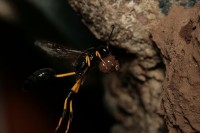
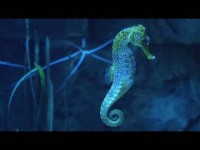
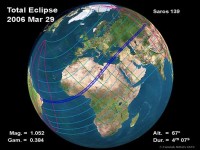
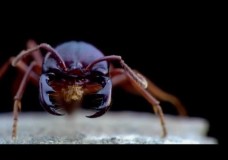
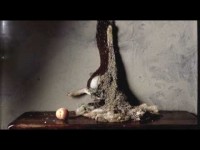
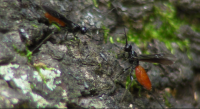

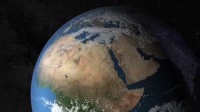

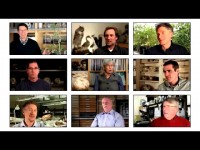
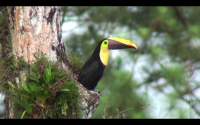
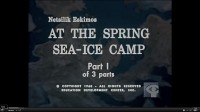


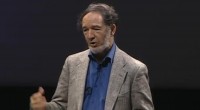

Recent Comments